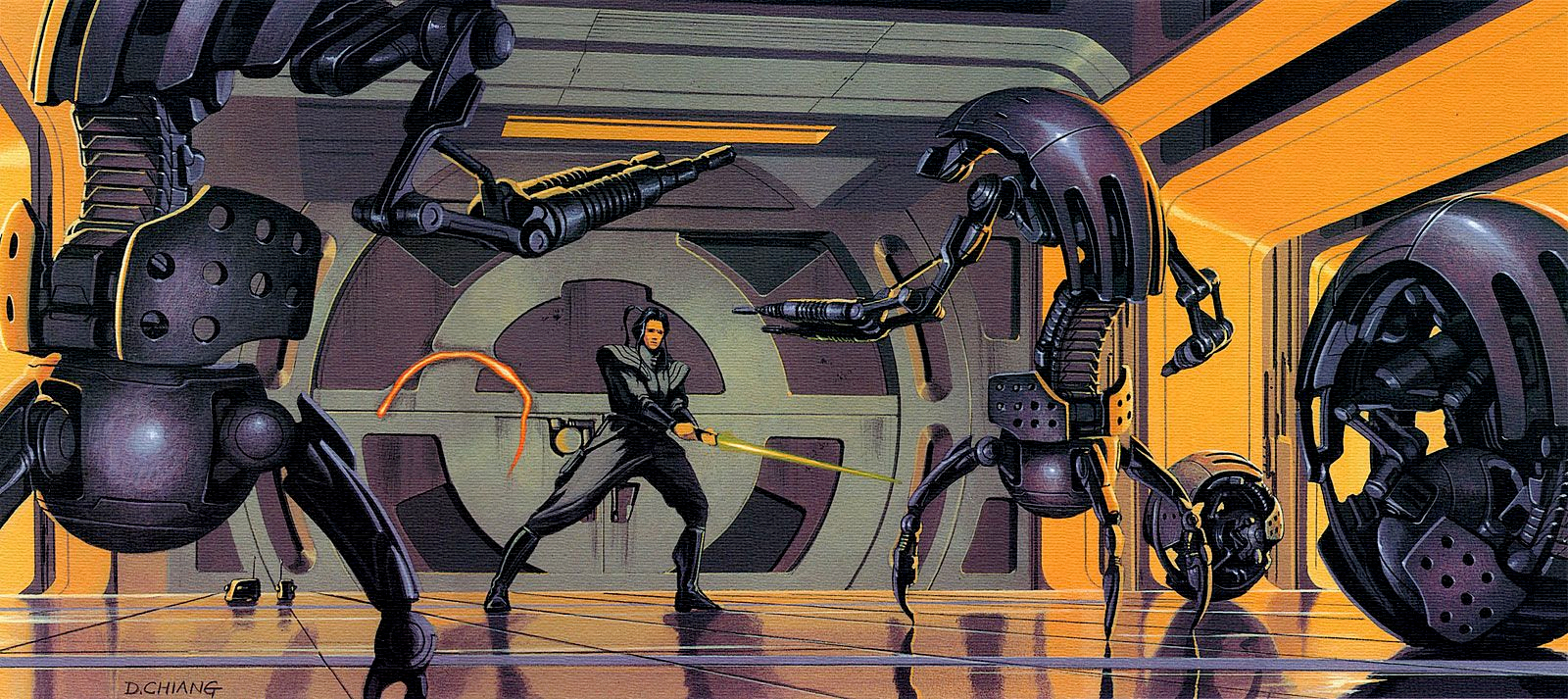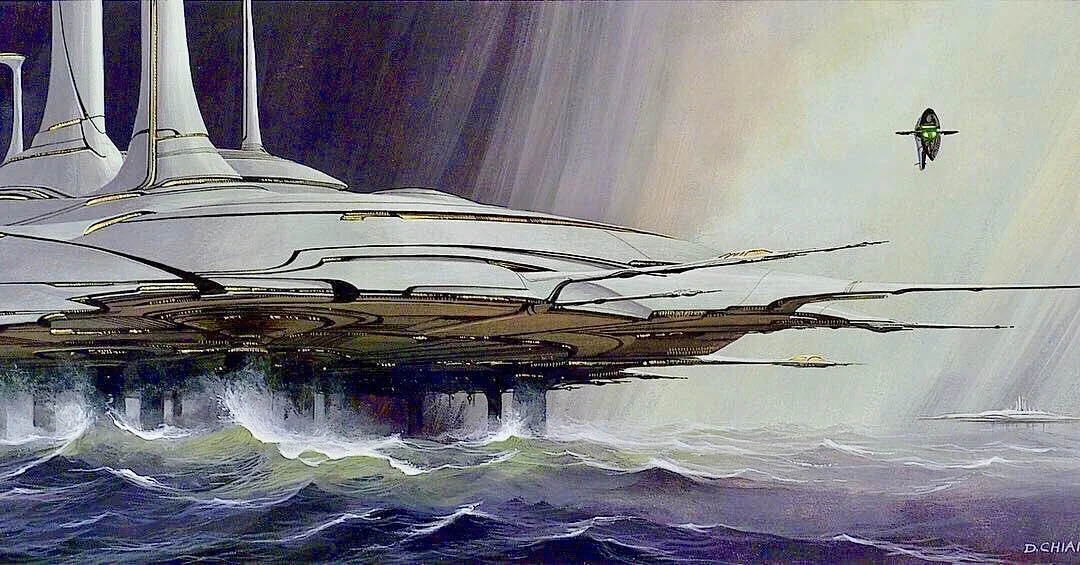Doug Chiang: An Unknown Architect Of The 'Star Wars' Prequels
When it comes to the overall look of the Star Wars galaxy, a lot of credit (and rightfully so) is given to concept artist Ralph McQuarrie, who illustrated various iterations or original trilogy characters whom we have come to know and love. His influence has even lived on in the Disney era of the franchise, notably via various characters and creatures featured in the animated series Star Wars Rebels. However, there is another artist whom some fans sometimes overlook, and he deserves the spotlight as well. That man is Doug Chiang, born February 16, 1962.
The story goes that, before becoming Head of the Lucasfilm art department from 1995 to 2002, Chiang worked at Industrial Light & Magic, where he contributed to such films as Terminator 2: Judgment Day and Forrest Gump. In the summer of 1994, George Lucas announced that he was going to make the Star Wars prequel trilogy. Chiang saw this as his chance to finally work on Star Wars. Ironically, however, working at ILM, a company founded by Lucas himself, did not give him the advantage he believed he would have, as Lucas wanted to look outward, beyond the company. He had to wait like everyone else as he submitted his portfolio. In the meantime, Chiang was experimenting and mixing old and new styles, something that he did not realize McQuarrie had done when working with Lucas back in the day. This is ultimately what caused Lucas to handpick him in 1995.
RELATED: Top 7 Ralph McQuarrie Concepts That Changed ‘Star Wars’
On January 15, 1995, Chiang started working at Skywalker Ranch. On that day, Lucas asked him to draw a robotic stormtrooper for Episode I, which would be titled The Phantom Menace. Initially, he took that prompt and ran with it exactly as it sounded, but it was not what Lucas wanted. Chiang was ready to just do original trilogy-inspired designs, but then found it a bit daunting being told to forget the familiar and try to lay a foundation for what the evolution would be between Episode I and Episode VI.
He later looked at African sculptures and used those as inspiration for the battle droids. He made them look like white skeletons to make them somewhat scary, and there was this idea that they were shaped like their makers. (The design for these makers would go on to be reused for the Geonosians in Episode II - Attack of the Clones.) Lucas vetoed Chiang's idea of the droids having jetpacks, so Chiang thought outside the box and gave them what were essentially "motorcycle choppers." This evolved into the speeder Darth Maul would use, and the battle droids were then given jet ski-inspired speeders. After a year, the battle droids became tan, and Chiang was asked to design an even more robotic droid. He took the ideas of a walking tripod and a wheel spider and ROLLED with it. (Sorry.) This, of course, became the Droideka.
Lucas suggested Art Nouveau as the art style to guide the designing of Naboo. That setting would have a more romantic look to it. For vehicles, they used sleek 1950s automotives for inspiration. Lucas also wanted bold colors that would contrast with the original films, like bright yellow and red. The evolution of designs within the galaxy far, far away would mirror the evolution of real-world designs going from the 1920s and 1930s to the 1970s. The Naboo N-1 starfighter, for example, took cues from the Cadillac Cyclone and the Pontiac Firebird. The guiding principle was that the prequel era would have the more sleek designs of decades past, whereas the original trilogy era had a more manufactured look.
By making models and paintings of vehicles and locations and such, the art department was able to surmise what was really working. Chiang was willing to take note of his mistakes, as looking at them felt like progress to him. When Lucas asked him to design the pod for the podrace, he was told to illustrate two engines with a cockpit attached. This felt impractical, so he drew something more akin to a chariot, but then he took a trip to San Francisco Bay Airport's maintenance bay and finally understood when he saw two engines hung from cranes. The final design made the pod look less generic and more iconic, in hindsight.
Doug Chiang continued his work with Lucas on Attack of the Clones, making such memorable designs as that of the cloning facility on Kamino and Obi-Wan's Jedi starfighter. In 2002, he left Lucasfilm to form Iceblink Studios, and then worked on Steven Spielberg's War of the Worlds. During his absence, his influence was still felt in the Star Wars franchise, as the Clone Wars microseries, Revenge of the Sith and then The Clone Wars animated series ran with the aesthetic that he engineered. Vehicles that appeared very briefly in the films got more screentime in the TV content, as well as video games.
After various projects over the years, Chiang returned to Lucasfilm in 2013 to work on Star Wars: Episode VII - The Force Awakens. He now serves as Lucasfilm’s Vice President and Executive Creative Director. Not too shabby of a career.
READ NEXT: You Would Never Believe What Real World Item Was Used For Qui-Gon Jinn's Communicator in 'Episode I'









